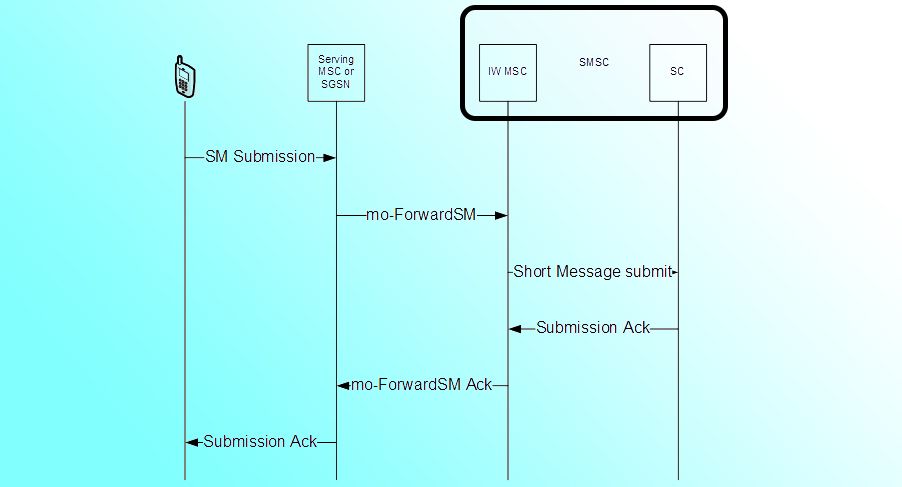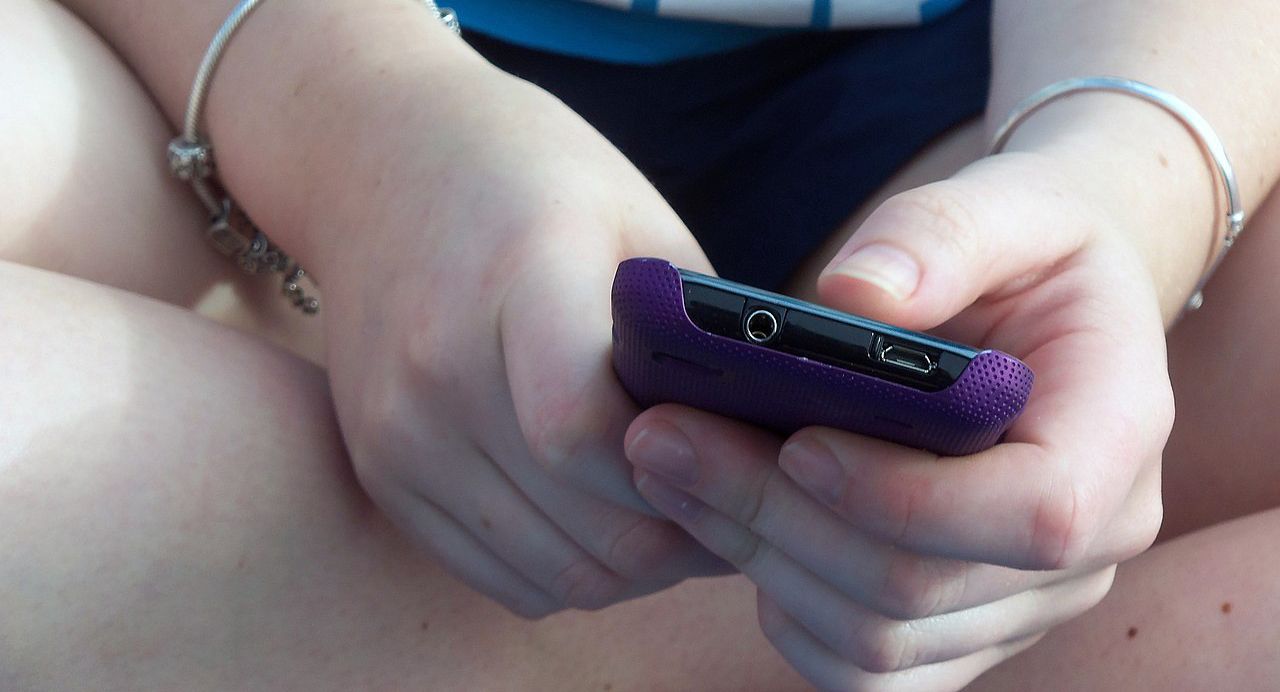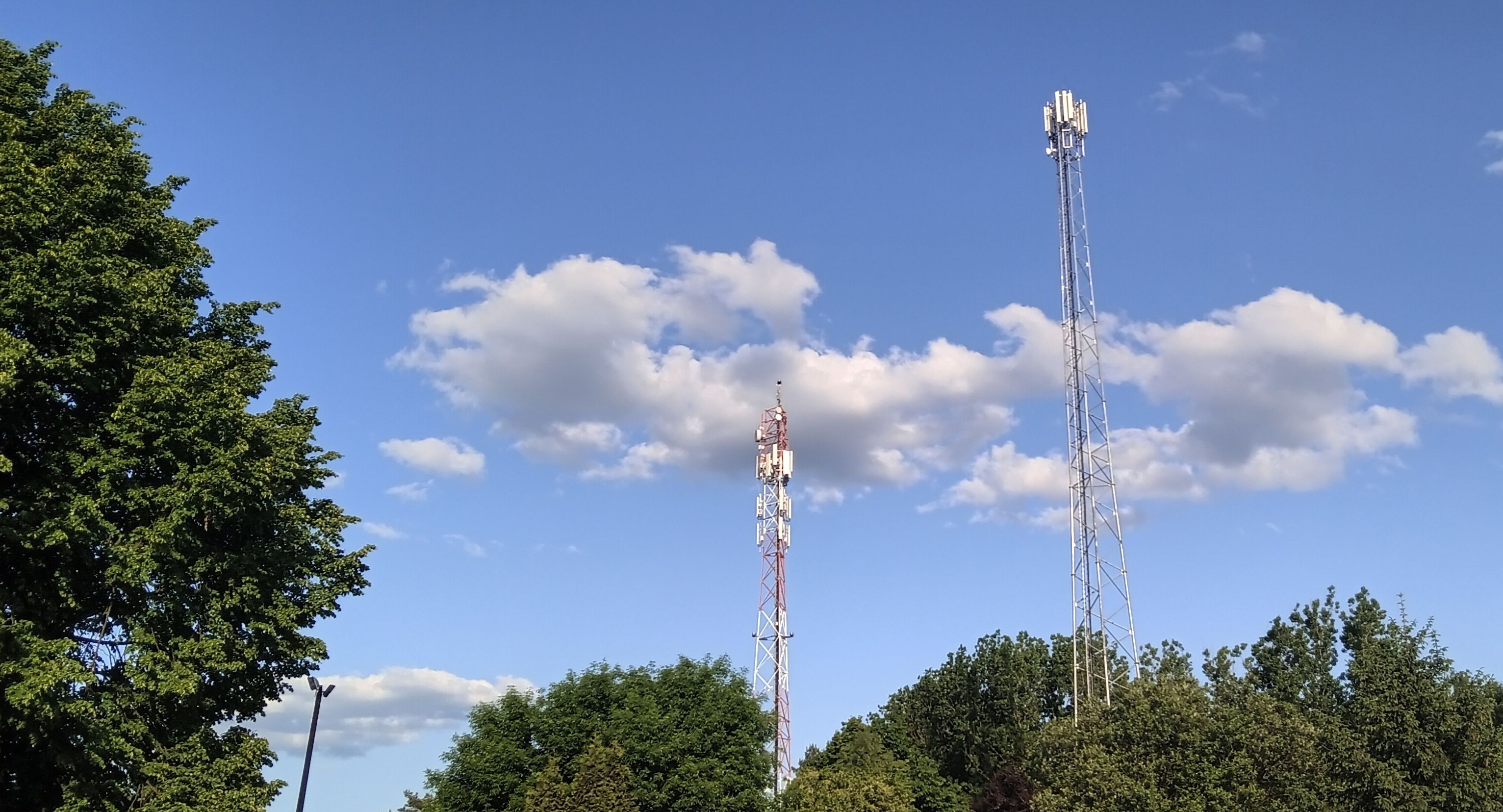The cell phone wasn’t quite 10 years old in December 1992. The switch from analog 1G networks to the advanced digital 2G networks occurred the previous year. Sony’s revolutionary light-weight, rechargeable lithium-ion battery was primed to change the mobile technology landscape. In Britain, the world’s first SMS text message was sent between two engineers, unaware of how it would change the world or of the amazing 5G Android phones that you would one day be able to send them on.
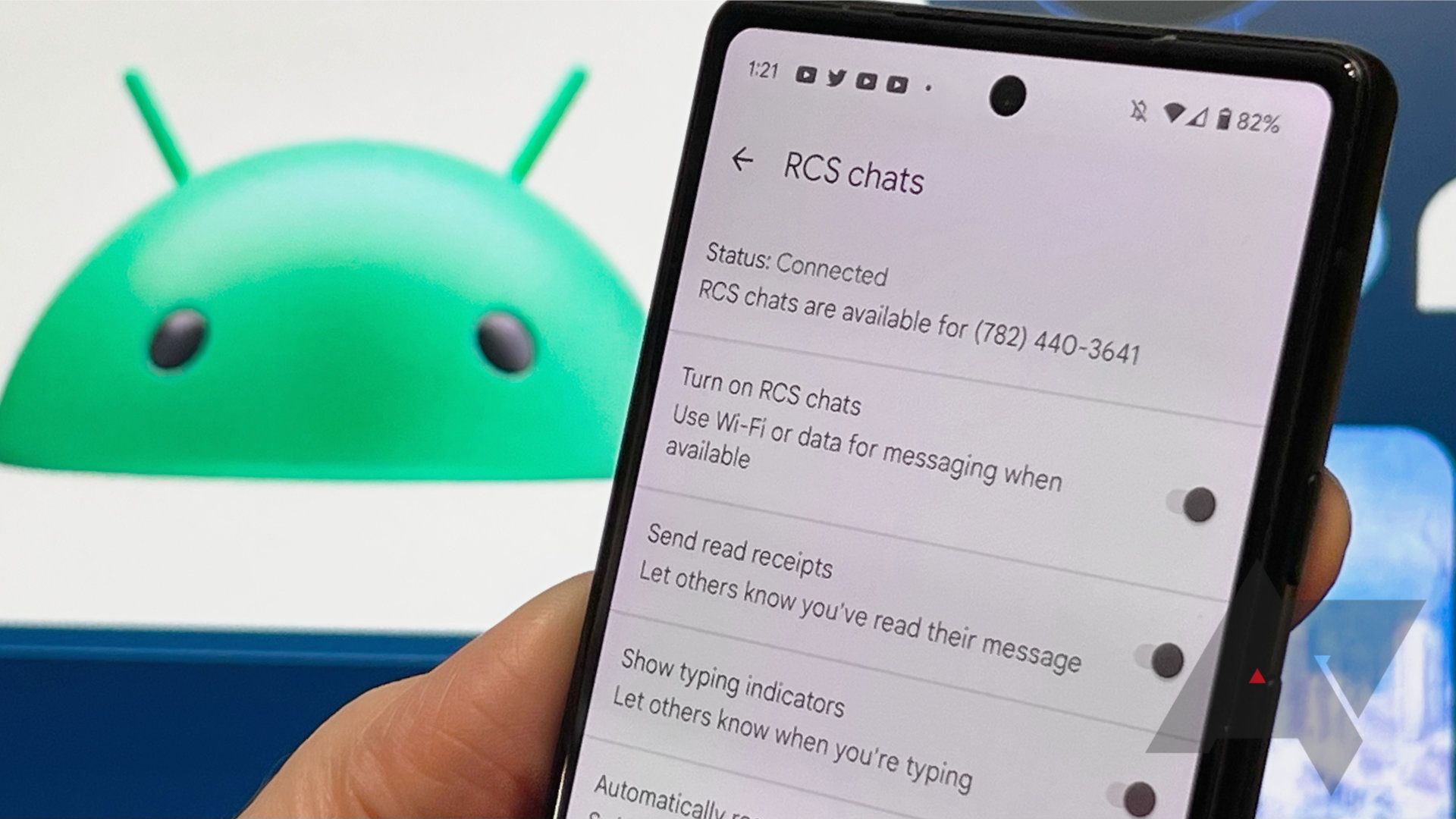
What is RCS chat? The text-based messaging protocol explained
RCS messaging just might be the way of the future
An introduction to SMS
SMS, or short message service, is a mobile telephony protocol defined in 1986 that allows for the exchange of messages with a 160-character limit (including spaces). In contrast to voice data, SMS messages are sent over the channels that handle signal strength and roaming. When an SMS message is sent, it is managed by a bit of software called the short message service center (SMSC), which stores the message for a time until it can be delivered to its destination phone number.
Even though the foundations of SMS are simple, that simplicity is also why it has declined in recent years. Because SMS messages are text only, sending multimedia information like recordings or GIFs is impossible. Due to the nature of the SMS protocol, there’s neither a guarantee that your messages will be delivered nor a delivery confirmation mechanism to inform senders of the delivery status.
A new text messaging service standard called multimedia messaging was implemented to compensate for these shortcomings. MMS messages can include text, sounds, images, videos, and delivery status notifications. In contrast to SMS, MMS messages are somewhat disconnected from the traditional mobile communication network. When an MMS message is sent, it’s uploaded to an HTTP server. Then, the URL to the message is delivered to your phone via SMS.
Recently, the rich communication services protocol (RCS) has been touted as the beneficiary of the SMS legacy. However, most carrier- or telephone network-based messaging protocols have been replaced by apps like WhatsApp, Facebook Messenger, or iMessage that work “over the top” of the phone network. These smartphone apps take advantage of widespread Wi-Fi and data availability and offer more functionality on top of sending multimedia content.
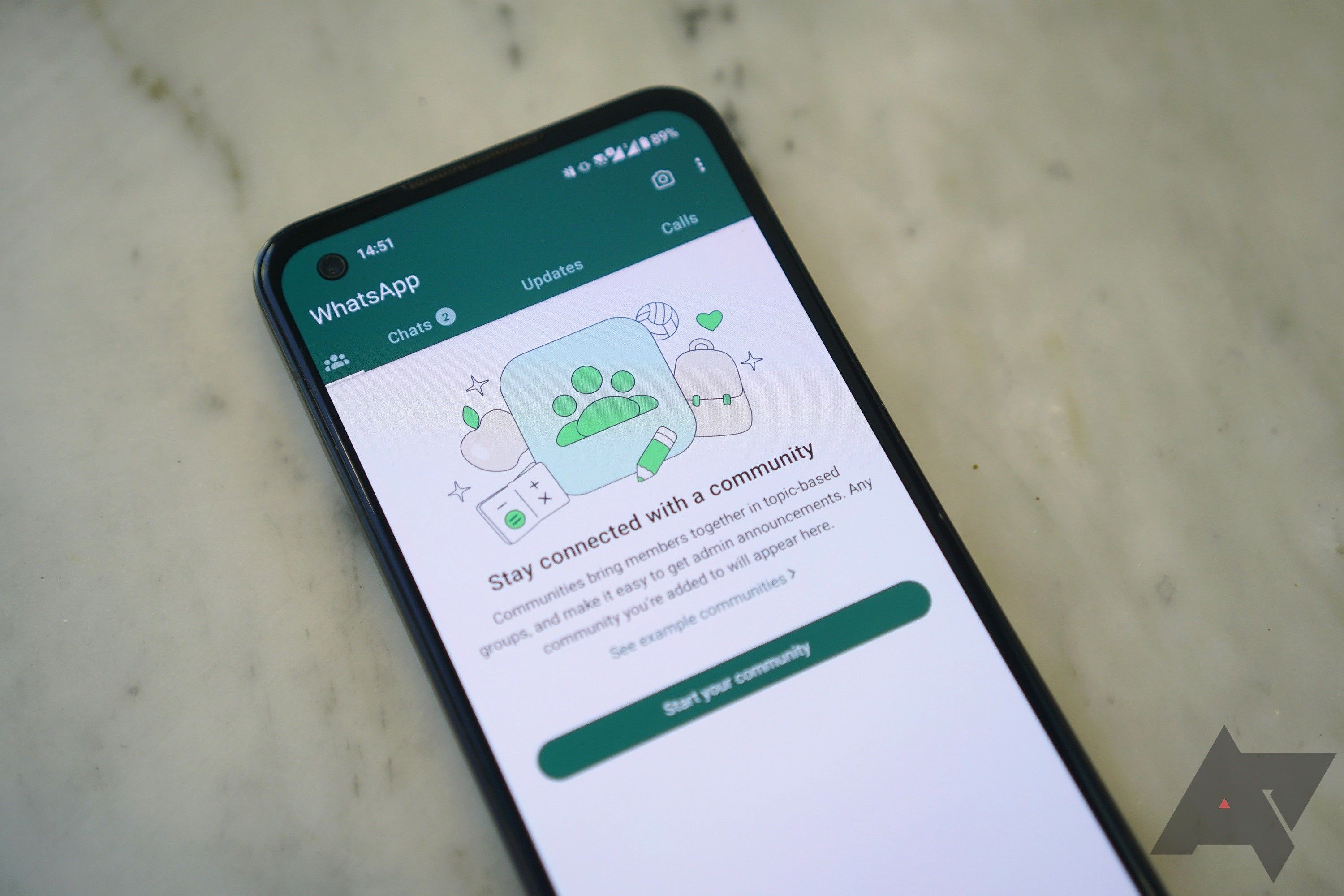
What’s up with WhatsApp? Explaining the global messaging titan to the US
WhatsApp is a primary form of communication for a third of the people around the world
Who’s still using SMS?
Around two trillion SMS messages are sent every year in the US. That’s over five billion texts per day. Globally, about half of those messages originate from a computer and are sent from businesses as part of marketing campaigns, as a one-time password, or as an appointment reminder from your calendar. Automated SMS messages are steadily overtaking phone-to-phone messages as people move to more robust and feature-rich OTT services.
Why we still need SMS
SMS is old, but it hasn’t quite reached obsolescence. One of the best things about SMS is that virtually every mobile phone can access it without an internet connection, making it nearly universal. And, due to the nature of cellular networks, SMS operates even when there isn’t any more bandwidth for voice traffic within an individual cell, making it an ideal medium for communication in an emergency. If there’s ever a government-declared emergency, you will most likely hear about it first in a text message.
SMS is also the form of communication commonly used to deliver one-time passwords as part of a two-factor authentication scheme. More people have access to SMS than email or security fobs. From a business perspective, it’s the ideal tool to reach the largest number of people.
Why we should move on from SMS
The SMS standard is nearly 40 years old, and it’s starting to show its age. One concern for the security-minded is its lack of end-to-end encryption. You may not have anything to worry about, but the government can snoop on your messages if you use SMS.
Another problem is how easy it is to send SMS messages. Carriers negotiate with businesses and marketers for bulk SMS pricing, allowing them to flood phones with advertisements. It’s nice when it’s an OTP that keeps your account secure. It isn’t so nice when you’re bombarded with political messages in an election year.
This ease of access also means it’s easy to obfuscate — or spoof — where a message is sent from. Many SMS marketing businesses legitimately engage in spoofing to display their business name as the sender instead of the random number it was sent from. But, because spoofing is trivial, it makes it trivial for scammers to impersonate businesses, government agencies, or your contacts.
Because of how SMS works, it’s theoretically possible to engage in a denial-of-service attack on the SMS infrastructure, shutting down cellular telecommunication services in a specific area. Because SMS messages are delivered via the cellular control channels (the frequencies responsible for alerting phones to incoming phone calls, among other things), flooding the airwaves with SMS messages prevents those channels from being used to initiate voice services with nearby mobile devices.
Reach out and text someone
SMS is everywhere, and it’s hard to escape if you use the internet. On the other hand, if you want to send a message to someone and don’t want to deal with SMS, there are many alternative messaging apps to choose from.




